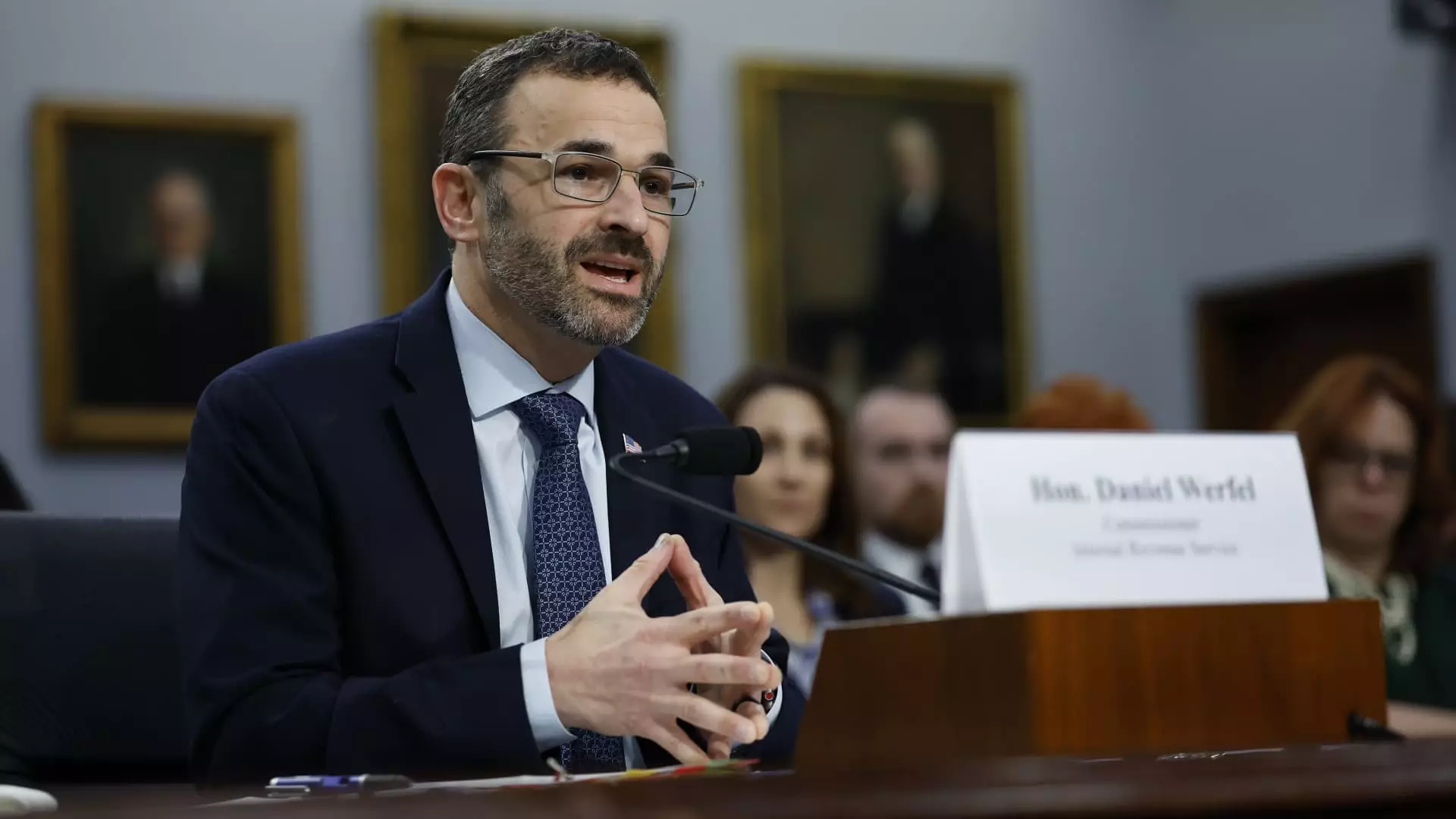Starting next year, the IRS is set to make significant strides in simplifying the tax filing process for millions of Americans. The announcement made by the IRS and the U.S. Department of the Treasury revealed that over 30 million individuals in 24 states will become eligible for Direct File, a complimentary tax filing initiative. This program, which was initially available in just 12 states during the 2024 tax season, aims to reduce the burdensome nature of tax preparation and enhance accessibility for various taxpayer groups.
The Direct File pilot program has been designed to encompass a broader demographic, now adding 12 more states to its network, including Alaska, New Jersey, and Pennsylvania, for the 2025 tax season. The move signifies the agencies’ commitment to providing inclusive access to affordable tax solutions. By 2026, it is anticipated that even more states will join the initiative, further expanding its reach and utility.
This deliberate expansion is not merely a matter of increasing numbers; it embodies a strategic approach to support diverse tax situations, particularly for those among the working-class populace. IRS Commissioner Danny Werfel emphasized that the upcoming tax season will see enhanced coverage for a variety of tax situations, far surpassing the limited offerings available during the pilot year.
During its initial rollout, Direct File catered primarily to taxpayers with straightforward financial situations, such as those who only needed to report W-2 wages or certain types of income under $1,500. However, for the 2025 season, the program promises to support a wider range of income scenarios. Aspects like pension income and larger amounts of interest income underline the program’s dedication to serving a more diverse taxpayer base.
Additionally, the upcoming enhancements to the program will introduce support for various tax credits that directly impact working families. Notably, provisions will be made for child and dependent care credits, along with credits aimed at aiding the elderly and disabled. This outreach is crucial in meeting the needs of those who often find themselves overwhelmed during tax filing periods.
The initial pilot program demonstrated promising outcomes, with more than 140,000 users taking advantage of the service and saving an estimated $5.6 million in tax preparation costs. This metric is pivotal as it not only highlights the financial benefits for individual taxpayers but also showcases the potential for a more streamlined tax filing process that minimizes reliance on paid tax services.
As the Direct File program moves forward, it reflects a growing trend towards making financial processes more accessible and less daunting. By continuing to refine and enhance the offerings, the IRS is addressing a critical need for transparency and efficiency in tax preparation, thereby improving the overall taxpayer experience.
The expansion of the IRS Direct File program stands as a significant advancement in the realm of tax filing. By continuously adapting to the needs of taxpayers and broadening its range of offerings, the program is poised to revolutionize how Americans approach their tax obligations. The initiative not only emphasizes the importance of free services but also acknowledges the diverse income scenarios faced by citizens, promising a future where tax filing is simpler and more equitable for all.

